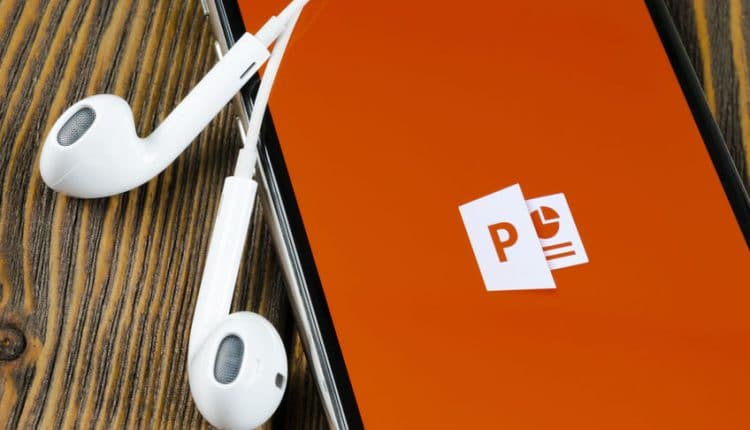Today, millennials are growing into more prominent roles in companies across the globe, and with them, they’re bringing media consumption habits that are transforming the way we communicate and do business. To put it simply - it’s all on the phone.
Millennials came of age with a smart phone in their pocket. They carry their TV, PC, and telephone with them everywhere, all the time. They switch from a call, to a text, to a picture, then to a video, and then back to their text within seconds. Linear, singular communications are out and multitasking interactivity is in. As millennials, and to some degree the rest of us, live and breathe by the phone, business environments are evolving and adapting. One particular business tool that the cellphone is replacing is the outdated PowerPoint presentation.
[insert page='3-best-team-chat-apps-for-businesses' display='single-related-article-02.php']
Historically, and by historically, I mean barely 10 years ago, desktop & laptop computers served as the central machines powering our workday with PowerPoint decks ad nauseum. The limitation of PowerPoint is its linear, outline format. Bullet points, in a pre-set sequence directs both the speaker and the audience into a pigeonhole, thereby stifling conversation and creativity.
The phone is the opposite. It’s typical in any social setting today to tell a friend about your recent vacation, pull out your phone and, Voilà! show the pictures. Excited about your child’s first steps? You can show everyone at the family reunion a video of just how cute little Tyler looked hobbling toward the beloved family dog. Aw! No sooner do you complain to your bestie about your extremely difficult boss than she whips out her phone and Googles her. These are all presentations from our phone -- presentations following conversations.

Interactive presentations are informal, they are spontaneous, and they are infiltrating business interactions. They can be very positive provided your company equips its employees with the content they need to support their job. Following are a few practices that you can implement so your team can make interactive presentations that build the business.
[insert page='how-to-grow-your-mobile-application-through-content-marketing' display='single-related-article.php']
First, embrace presentation management. One of the core tenants of presentation management is that all files are formatted as slides and ready to present. Whether it’s from a tablet, a smart phone or huge projector in an auditorium. Any file can be searched and presented to an audience of 1 or 1,000,000 anywhere, anytime.
For the social examples given at the beginning of this article, these files were all scattered in a bunch of different apps on a smart phone. In a corporate environment however, there needs to be more organization and control. Select and post your best, branded files into a cloud-based slide library, where an employee can then access it. One central location of all of your files, visualized, searchable and formatted to present. Employees can present files from that library as their meeting progresses and they can present with confidence, knowing that the information is right – it’s branded, it’s accurate and it’s current. For example, a sales rep is meeting with a new prospect for the first time. As the prospect is explaining their challenges, budget and requirements, the rep can present a case study that solved a similar problem, the product details and the pricing. The interactive slide library changes this dynamic.
Cell phones are not only changing the way presentations are given, but they’re also changing where business presentations take place. Traditionally, the board or conference room was the setting, but, thanks to app platforms like Slack, Skype and Facebook Live, presentations are accessible to employees, partners and prospects no matter where they’re located – like the train ride during the morning commute.
[insert page='2019-seo-trends-5-best-mobile-seo-strategies-to-follow' display='single-related-article-02.php']
As mobile phone technology and internet speeds rapidly develop, business presentations are going to continue to change. One day, using augmented reality technology, you may be using your phone’s camera to display an AR version of the company’s CEO to an auditorium from across the globe. Using smartphones, audience members will be able to ask questions and interact in a whole new way.
Millennials constant reliance on and ubiquity of mobile technology is changing business meetings, making them more interactive and more fluid. Companies that adapt to on-demand conversations, in lieu of linear slide shows, will differentiate themselves and build better relationships, better partnerships with their current and more important, new audiences.